Blue Whale Facts
- This magnificent work of Nature and evolution is best known by the common name of the Blue Whale. Scientists, meanwhile, know it better by its technical name. That, however, is the far more difficult to pronounce term of Balaenoptera musculus.
- Regardless of which name one chooses to use to refer to it, though, one fact remains clearly undeniable. That’s the the fact that it’s an amazing species. The first known recognition of it as that separate and distinct species occurred in the year 1758.
- The renowned Swedish zoologist, Carl Linnaeus holds that distinction. Following his original work, however, researchers discovered subspecies of the cetacean. Presently, in fact, researchers recognize a total of five subspecies of the amazing mammal.
- Most unfortunately, the amazing creature now finds itself in dire straits. In the past, humans fervently hunted it almost to the point of extinction. In 1967, however, the International Whaling Commission banned any hunting of the incredible animal.
- Currently, official estimates place its global population at between 10,000 – 25,000 individuals. For this reason, the IUCN presently lists the whale as Endangered. This status is reflected in the organizations published Red List of Threatened Species.
- Although hunting of the Blue Whale remains outlawed, it still faces many threats to its existence. These include habitat degradation, ship strikes, entanglement in nets, and plastic pollution. The ongoing effects of climate change also pose a serious threat.
Related Articles
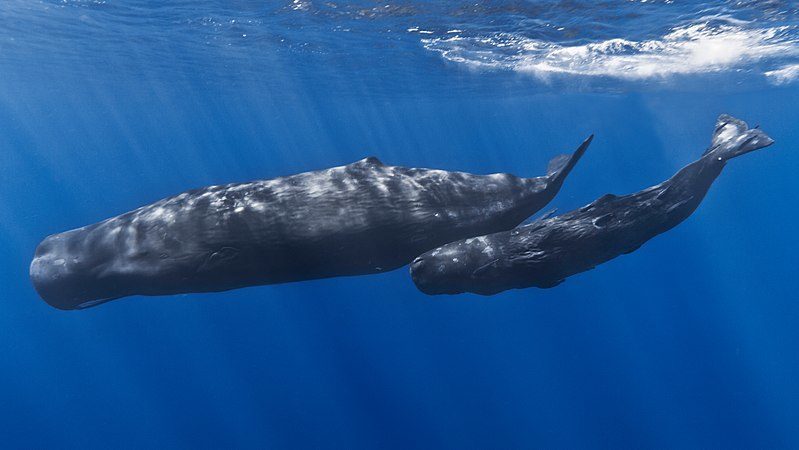
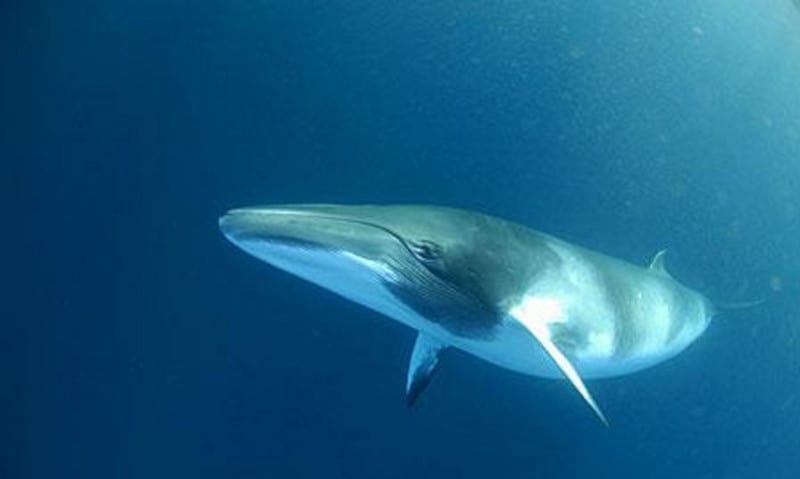
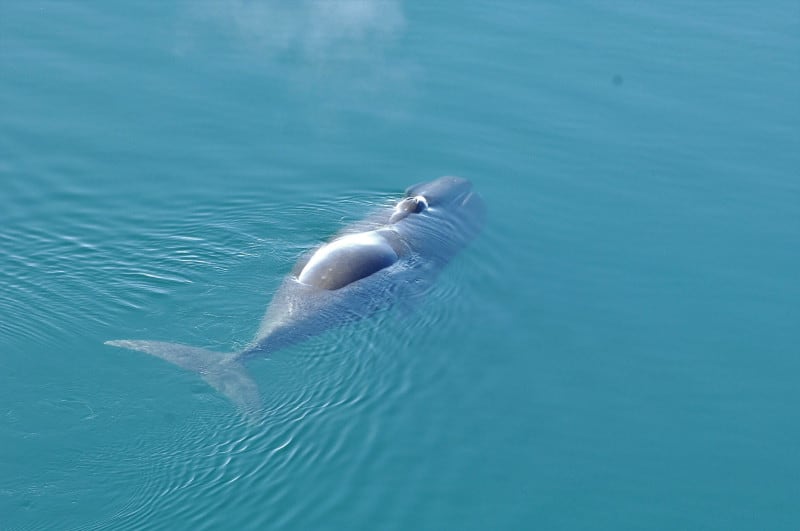

Blue Whale Physical Description
The visually stunning Blue Whale impresses those who view it on many levels. Sheer size isn’t its only claim to fame, of course, but is definitely its greatest. That’s because it represents the largest animal ever known to have lived in the history of the earth.
Like many mammals, though, the whale displays a moderate degree of the physiological trait of sexual dimorphism. In this specific instance, that trait manifests itself in terms of pure size. More precisely, females of the species reach a larger growth than do the males.
On average, females attain a length measuring roughly 83.5 ft (25.5 m). Sizes also vary greatly between local populations. The same females reach an average weight of about 228,000 lbs (103,419 kg). Males, meanwhile, reach slightly less impressive measurements.
The greatest confirmed length of this species, in fact, equaled an impressive 98 ft (29.9 m). Unconfirmed reports, however, actually speak of even lager whales. The greatest confirmed weight of any individual, though, equaled a colossal 380,000 lbs (172,365 kg)!
The remarkable animal develops a distinctive, long, tapering body. This appears more elongated than many of its relatives. The head develops as flat, U-shaped, and with a prominent ridge. This runs from the blowhole to the top of the upper lip of the whale.
The coloring of the aptly-named Blue Whale easily draws the eye. This typically manifests a various shades of bluish-gray dorsally. That changes, however, to slightly lighter shades underneath. Other areas, meanwhile, show a quite different pattern of coloring.
The upper sides of the body of the magnificent animal show gray with a thin white border. Its lower sides show an off-white, though. The head and tail fluke generally appear uniformly gray, and the upper parts, along with the flippers, are most commonly mottled.
- Kingdom: Animalia
- Phylum: Chordata
- Class: Mammalia
- Order: Artiodactyla
- Family: Balaenopteridae
- Genus: Balaenoptera
- Species: B. musculus
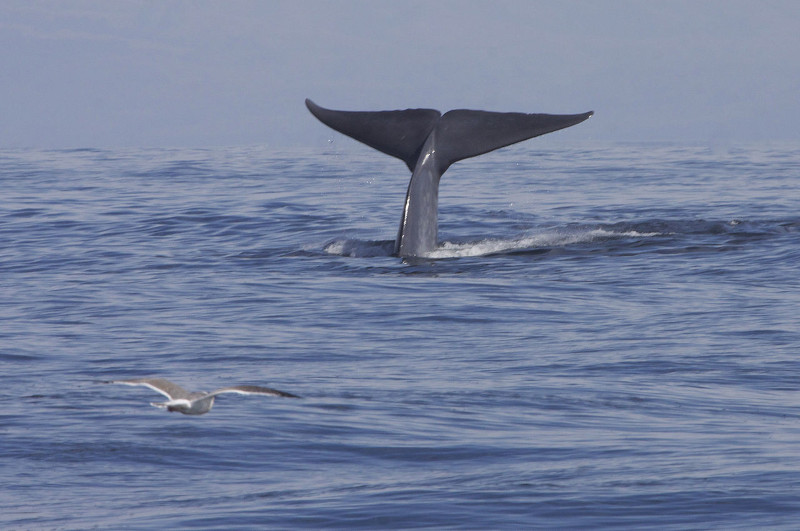
Blue Whale Distribution, Habitat, and Ecology
Explaining the habitat range of the Blue Whale isn’t a simple matter. That’s due to the existence of the locally prevalent subspecies. Between them, however, they appear across a large section of the world. Overall, therefore, the cetacean has a nearly global range.
More precisely, these include B. m. musculus in the North Atlantic and North Pacific, B. m. intermedia of the Southern Ocean. The list further includes B.m. indica, of the Northern Indian Ocean, and B. m. brevicauda, a pygmy species, in the Indian and Antarctic Oceans.
In locations with a high concentration of food, as many as 50 blue whales occur within a small area. However, it does not typically form the large, close-knit groups seen in other baleen species. Blue whales most commonly live alone or with one other individual.
Like many of its relatives, this mammal engages in seasonal migrations. It does this for many reasons. These include reducing parasites and competition. These further include such other factors as increasing access to prey, thermoregulation, and protecting the young.
As a general principle, most individuals feed almost exclusively on quantities of krill. Some specimens, though, also take small numbers of copepods. It consumes huge amounts, as well. In point of fact, an adult blue whale can eat up to 40 million krill in a day.
The remarkable, and huge, Blue Whale, has few if any natural predators. On occasion, an Orca sometimes attacks, but rarely succeeds unless the individual is quite young or already weakened. The lifespan of this marvel of Nature is estimated to be 80 – 90 years.
Species Sharing Its Range



Check out our other articles on 8 Swoon-Worthy Caves, Limnonectes larvaepartus, Bois Dentelle, Green Sea Turtle, Boiling Lake, Pacific Sea Nettle, Giant Girdled Lizard, Orange-belted Bumblebee
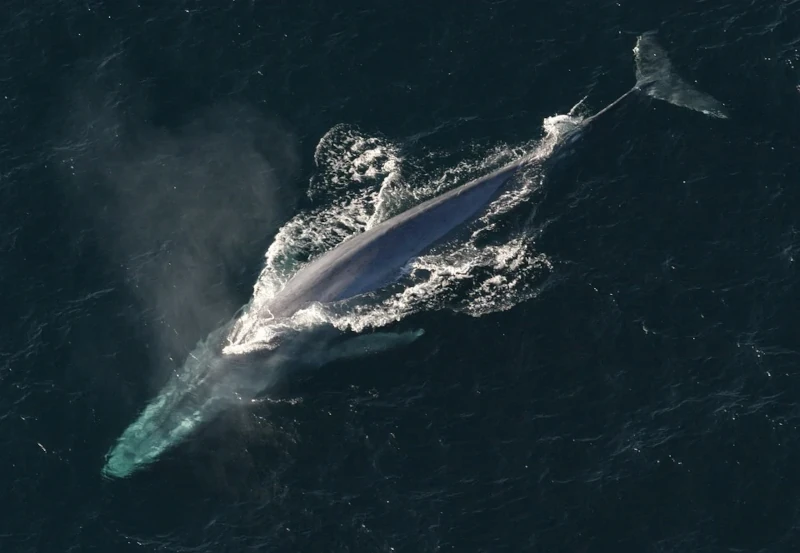









Leave a Reply